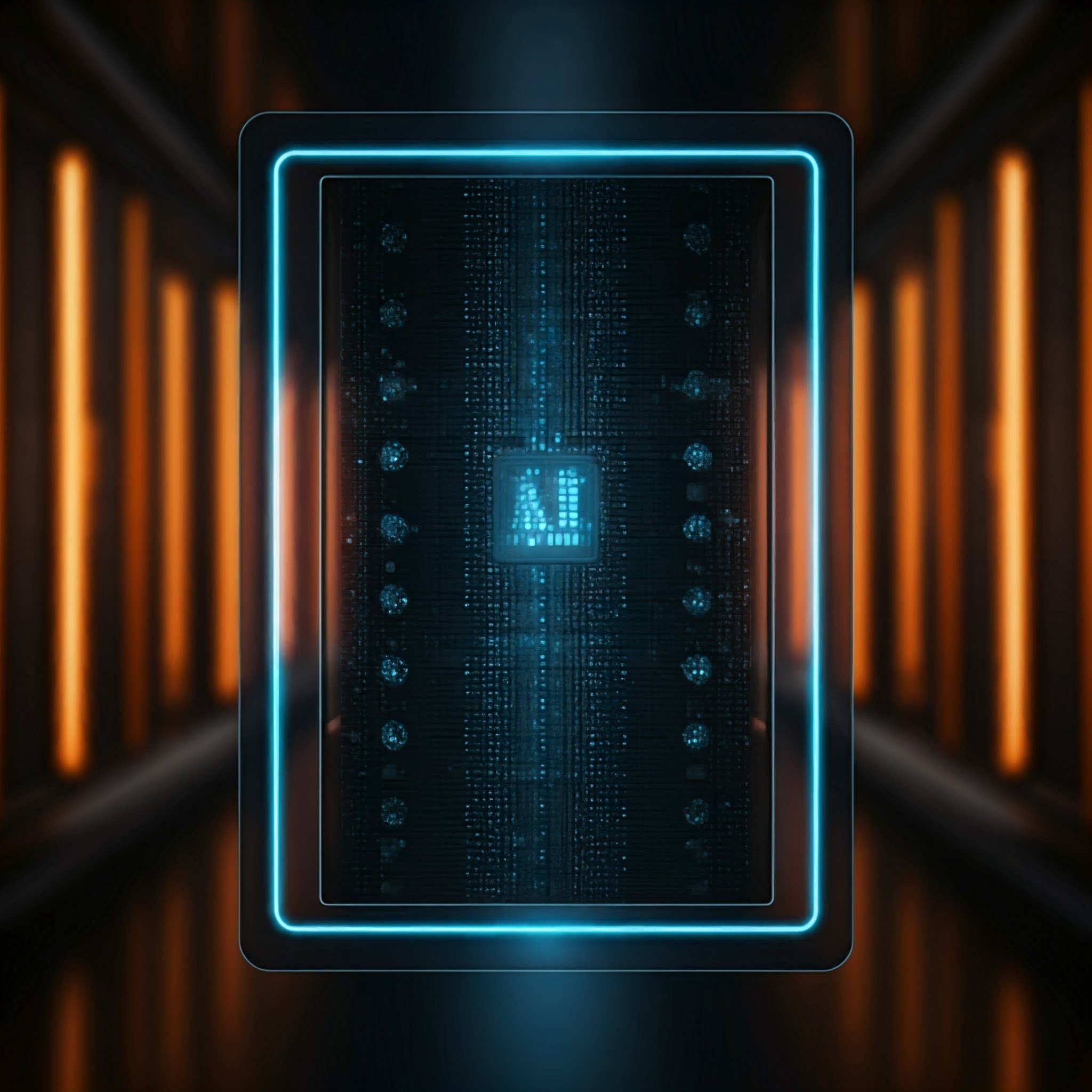
Microgrids matter:
Distributed energy resources help utilities deploy capacity quickly, governments achieve sustainability targets, and businesses power independence.
-

Utilities
Microgrids can be used to quickly deploy new capacity to the distribution grid. Although bringing the system online is a challenge due to inrush currents and unique requirements of the load.
-

Infrastructure
Facilities, like water treatment centers, have expensive equipment that is critical to city infrastructure, but also sensitive to “dirty power” and voltage disturbances.
-

Manufacturing
Large equipment and inductive loads require large surges of power to turn on and operate. This results in expensive demand charges that drive utility bills and are difficult to overcome.
-

EV Charging
Fleet electric vehicle charging stations require a significant amount of power, creating brownout risks. Microgrids are an alternative to upgrading grid infrastructure.
-

Data Centers
Data centers are using microgrids to enhancing their energy resilience, and sustainability. Batteries and fuel cells are struggling to keep up with their explosive electricity demand due to AI.
Microgrids Require Rapid Response Capacity
There are many moving parts in a microgrid, which pose a major challenge. There may be multiple energy storage technologies involved, like fuel cells and batteries, energy harvesting sources, and a variety of different transformers and converters used in the process of delivering power to the load. Of course, the system is dynamic. Energy harvesting may generate more than the load needs in one moment and have the opposite problem in the next.
Batteries and fuel cells are excellent energy storage options to shift demand and provide hours of backup power. However, these challenges do not happen on the scale of hours but seconds and minutes too. Rapid response energy storage is needed to operate a resilient and effective microgrid.
A Practical Solution
Capacitech’s PowerLink brings balance to all of the moving parts in the system to achieve greater yield, efficiency, reliability, and resilience. It does this by addressing inrush currents that come when energizing the system when the grid is unavailable, voltage disturbances. It smooths intermittent energy harvesting sources. It supports blackstart requirements and ramp up periods for longer duration energy storage assets.
Powering the AI Revolution
Batteries
On their own, there will be significant tradeoffs. To increase its peak power capacity, a battery sacrifices its energy ( runtime).
Supercapacitors
Without a battery, supercapacitors will need to be frequently recharged. Even charging within a minute, this is impractical.
Capacitech
We helps our customers use both batteries and supercapacitors to avoid expensive tradeoffs, costly O&M expenses, and to achieve goals.
Data centers are driving massive demand for electricity to handle the deluge of high power artificial intelligence (AI) inquires, which need 10x the power than a search engine would have required.
Use case:




